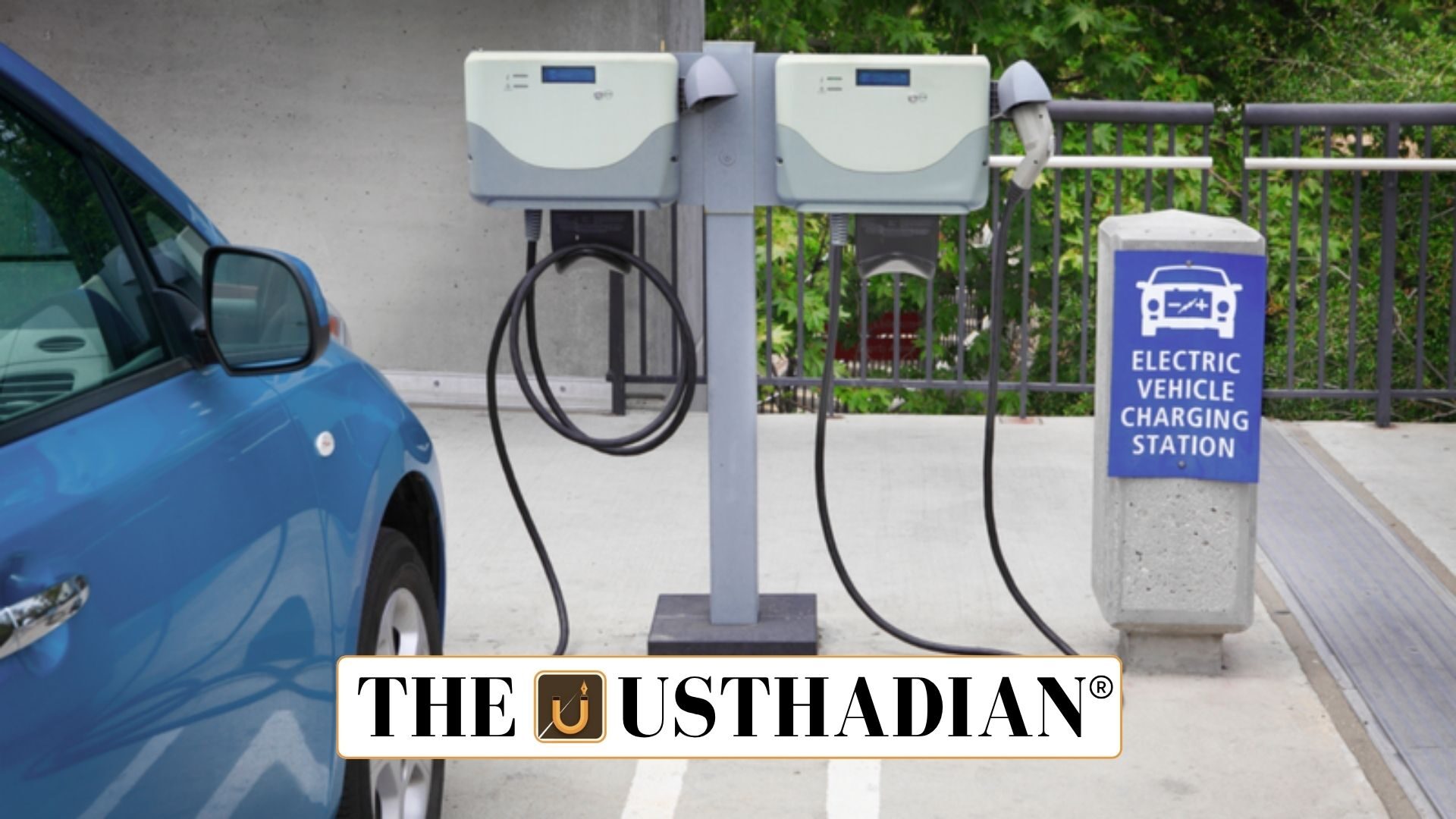Launch of the scheme
PM E-DRIVE Scheme Expands EV Charging Network: The Government of India has introduced operational guidelines for the PM E-DRIVE scheme, targeting the installation of over 72,300 public EV charging stations. The initiative seeks to remove one of the largest barriers to electric vehicle adoption—the shortage of reliable and accessible charging points.
The plan is structured to cover urban centers, high-traffic corridors, and key commercial zones to accelerate the transition toward green mobility.
Static GK fact: India’s first electric vehicle policy was launched by Delhi in 2020 to boost EV penetration.
Subsidy structure
The subsidy framework under the scheme follows a tiered model. Locations such as government offices, hospitals, and residential colonies receive 100% subsidy on upstream infrastructure and charging equipment if they ensure free public access.
Airports, railway stations, metro hubs, and toll plazas qualify for 80% subsidy on infrastructure and 70% on charging equipment. Similarly, commercial hubs like malls and roadside facilities are eligible for 80% subsidy on upstream costs. Battery swapping stations are also supported with 80% subsidy.
Static GK Tip: The first battery swapping policy in India was proposed in the Union Budget 2022.
Target areas
The scheme prioritises million-plus population cities, state capitals, metro-linked towns, and smart cities. The approach is designed to reduce range anxiety for EV users and ensure smooth integration of charging facilities at public transport hubs and commercial complexes.
This structured prioritisation will not only improve accessibility but also help balance urban transport with sustainable growth.
Implementation framework
Bharat Heavy Electricals Ltd (BHEL) has been appointed as the Project Implementation Agency. Eligible government agencies will serve as nodal bodies to aggregate demand and shortlist suitable sites.
Proposals will be submitted via a dedicated online portal, ensuring transparency and efficiency. The subsidy will be released in two tranches, linked to compliance and performance standards, to guarantee timely and high-quality execution.
Static GK fact: BHEL was established in 1964 and is India’s largest power generation equipment manufacturer.
Expected impact
The scheme is projected to accelerate electric vehicle adoption by addressing infrastructure gaps. The focus on free public access and subsidies for diverse locations will enhance consumer confidence and convenience.
In the long term, the expansion of charging stations will contribute to the government’s larger mission of reducing vehicular emissions, cutting oil imports, and meeting climate goals under the Paris Agreement.
Static GK Tip: India targets achieving 30% EV sales penetration by 2030, as per NITI Aayog.
Static Usthadian Current Affairs Table
PM E-DRIVE Scheme Expands EV Charging Network:
| Topic | Detail |
| Scheme name | PM E-DRIVE scheme |
| Launch year | 2025 |
| Charging stations target | 72,300 |
| Implementing agency | BHEL |
| Subsidy for govt offices/hospitals | 100% subsidy if free access provided |
| Subsidy at airports, stations, toll plazas | 80% infra, 70% equipment |
| Subsidy for commercial hubs | 80% infra subsidy |
| Battery swapping support | 80% infra subsidy |
| Priority areas | Million-plus cities, capitals, smart cities, metro towns |
| National EV sales target | 30% by 2030 (NITI Aayog) |








